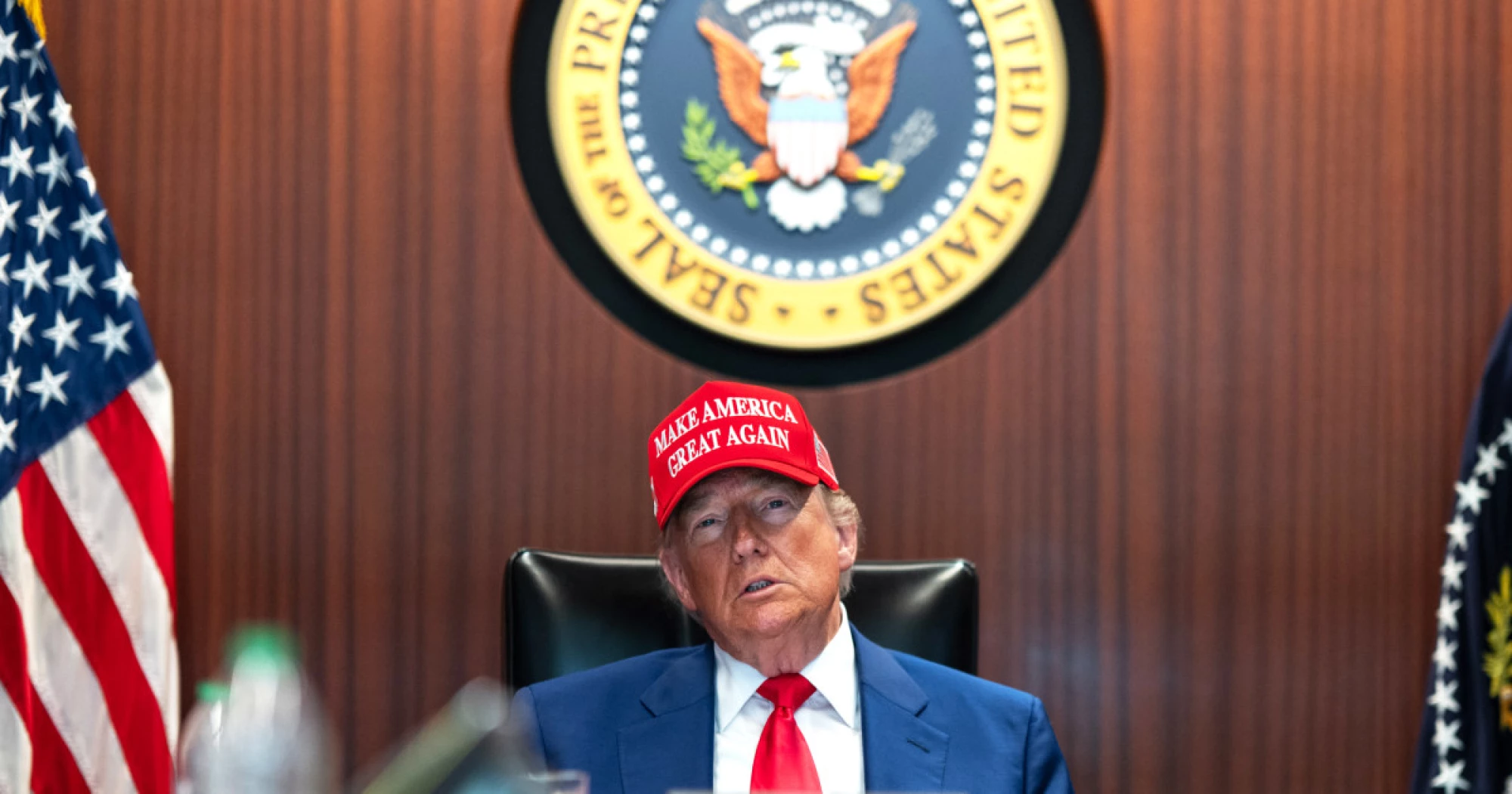Presidents' ordering military action without Congress' approval has become routine. Here's why.

President Trump’s decision to order strikes in Iran is the latest example of a president’s taking military action without first seeking congressional approval.
WASHINGTON — President Donald Trump’s decision to order strikes in Iran — among the most consequential he has made as commander in chief — is the latest example of a U.S. president’s taking military action without first seeking congressional approval. And experts say that, while his power over American armed forces isn’t absolute, there’s most likely little lawmakers will do.
Trump is supposed to submit to Congress a legal justification for having bombed Iran’s nuclear facilities within 48 hours after the operation began. Unlike tangible consequences Trump has faced for other moves in which he tested the bounds of executive power — such as court rulings against him — any price he might pay for this decision would largely play out in the American political arena and on the world stage, where the U.S. reputation is on the line.
“Presidents over the last 25 years have certainly been stretching the envelope of presidential authority to use force,” John Bellinger, adjunct senior fellow for international and national security law at the Council on Foreign Relations, told NBC News. “Using force more and more, deploying the military more and more, without congressional authority — and Congress, with a few persistent objectors, has simply acquiesced in that.”
The limits on presidential power to use military force are set out in sections of the U.S. Constitution, the War Powers Resolution of 1973 and the United Nations Charter.
Article 1 of the Constitution makes it clear: Congress — and no other part of the federal government — has the power to declare war. But that’s something Congress hasn’t formally done in more than 80 years, since World War II.
Rating: 5